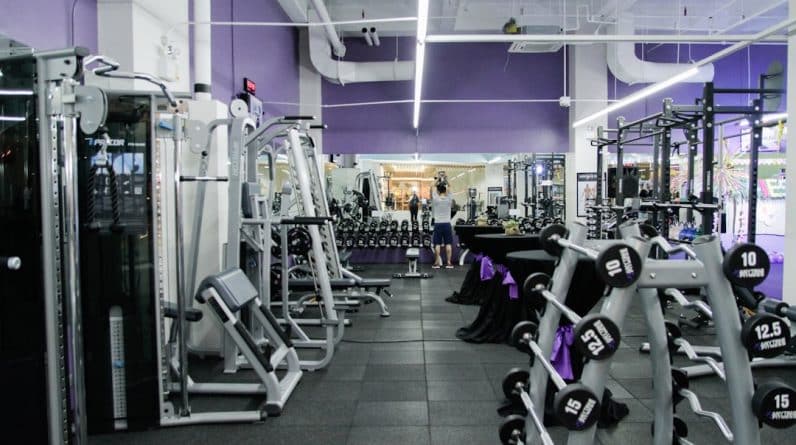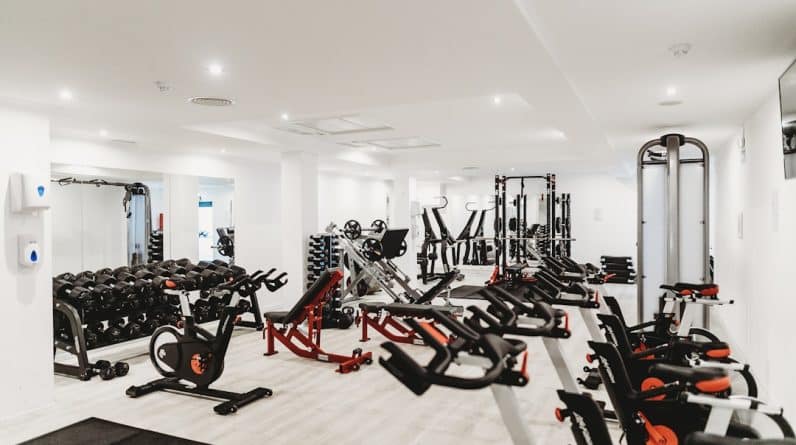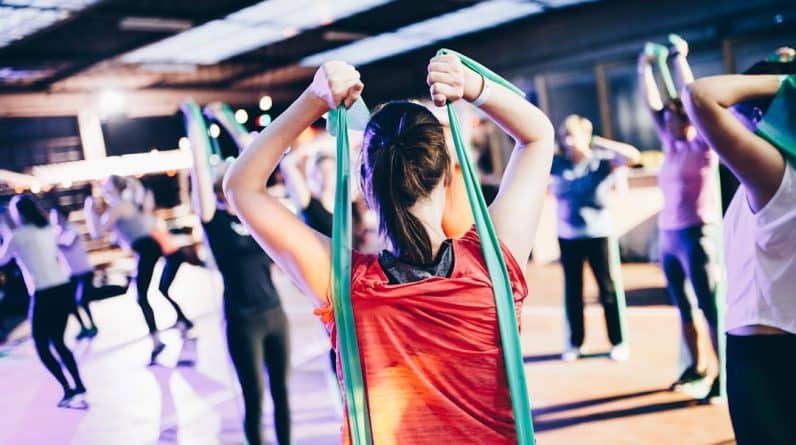
Physical fitness is a multifaceted concept that encompasses various components essential for overall health and well-being. It is not merely about looking good or achieving a certain aesthetic; rather, it involves a holistic approach to maintaining a healthy lifestyle. When you engage in physical fitness, you are investing in your body and mind, enhancing your quality of life, and reducing the risk of chronic diseases.
Understanding the different elements of physical fitness can empower you to create a balanced routine that meets your individual needs and goals. As you embark on your fitness journey, it’s crucial to recognize that physical fitness is not a one-size-fits-all endeavor. Each person has unique strengths, weaknesses, and preferences that influence their approach to exercise.
By familiarizing yourself with the various components of fitness, you can tailor your regimen to suit your lifestyle, ensuring that you remain motivated and engaged. Whether you are a seasoned athlete or just starting out, embracing the principles of physical fitness can lead to profound changes in your life.
Key Takeaways
- Physical fitness is the ability to carry out daily tasks with vigor and alertness, without undue fatigue, and with ample energy to enjoy leisure-time pursuits and respond to emergencies.
- Cardiovascular endurance refers to the ability of the heart, blood vessels, and respiratory system to deliver oxygen and nutrients to the working muscles and to remove waste products during prolonged exercise.
- Muscular strength is the ability of a muscle or group of muscles to exert force against resistance.
- Muscular endurance is the ability of a muscle or group of muscles to sustain repeated contractions against a resistance for an extended period of time.
- Flexibility is the ability of a joint or series of joints to move through an unrestricted, pain-free range of motion.
Cardiovascular Endurance
Cardiovascular endurance is a vital component of physical fitness that refers to your heart and lungs’ ability to supply oxygen to your muscles during prolonged physical activity. This aspect of fitness is crucial for overall health, as it directly impacts your stamina and energy levels. When you engage in activities that elevate your heart rate, such as running, cycling, or swimming, you are not only improving your cardiovascular endurance but also enhancing your overall well-being.
A strong cardiovascular system can help reduce the risk of heart disease, lower blood pressure, and improve circulation. To improve your cardiovascular endurance, consider incorporating a variety of aerobic exercises into your routine. You might find that mixing high-intensity interval training (HIIT) with steady-state cardio keeps things interesting and challenging.
As you progress, you will likely notice an increase in your stamina, allowing you to engage in activities for longer periods without feeling fatigued. Remember that consistency is key; by gradually increasing the intensity and duration of your workouts, you can effectively boost your cardiovascular fitness over time.
Muscular Strength
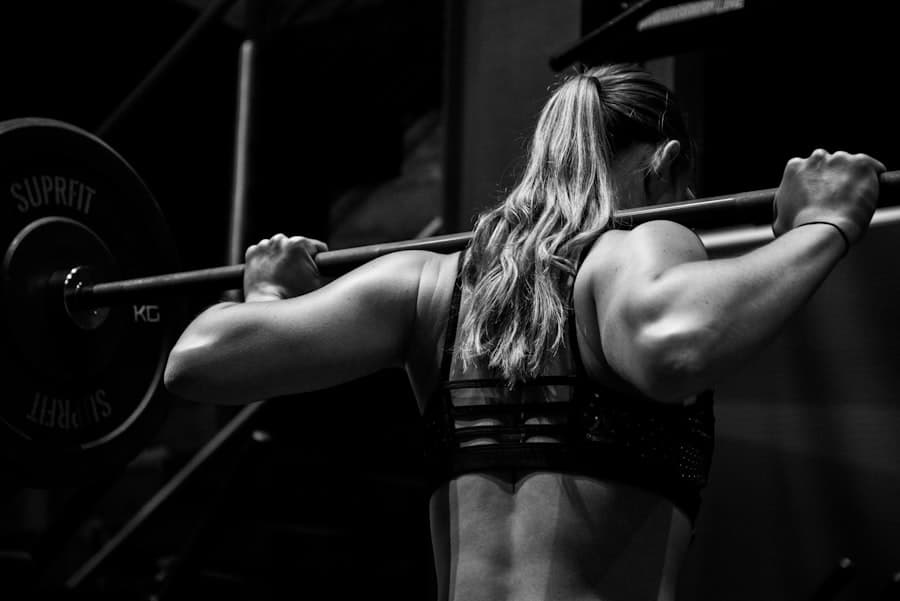
Muscular strength is another essential component of physical fitness that refers to the maximum amount of force a muscle or group of muscles can exert against resistance. Building muscular strength not only enhances your physical appearance but also improves your functional abilities in daily life. Whether you’re lifting groceries, climbing stairs, or participating in sports, having strong muscles can make these tasks easier and safer.
Additionally, increased muscular strength can help prevent injuries by providing better support for your joints. To develop muscular strength, you should incorporate resistance training into your fitness routine. This can include weightlifting, bodyweight exercises, or using resistance bands.
Focus on compound movements that engage multiple muscle groups, such as squats, deadlifts, and bench presses. As you progress, gradually increase the weight or resistance to continue challenging your muscles. It’s important to allow adequate recovery time between strength training sessions to promote muscle growth and prevent overtraining.
Muscular Endurance
While muscular strength focuses on the maximum force exerted by muscles, muscular endurance refers to the ability of those muscles to sustain repeated contractions over time. This component of fitness is particularly important for athletes and individuals who engage in activities requiring prolonged effort, such as distance running or cycling. Improving muscular endurance can enhance your performance in various sports and daily activities while also contributing to overall fitness.
To build muscular endurance, you should focus on higher repetitions with lighter weights or resistance. Incorporating circuit training or bodyweight exercises into your routine can be an effective way to develop this aspect of fitness. Activities like push-ups, lunges, and planks can help improve your muscular endurance while also providing a cardiovascular workout.
As with any fitness goal, consistency is essential; aim to challenge yourself regularly by increasing the number of repetitions or sets as you progress.
Flexibility
Flexibility is often an overlooked component of physical fitness, yet it plays a crucial role in maintaining overall health and preventing injuries. It refers to the range of motion available at a joint or group of joints and is essential for performing everyday activities with ease. Improved flexibility can enhance athletic performance, reduce muscle soreness after workouts, and promote better posture.
Incorporating flexibility training into your routine can help you maintain a balanced approach to fitness. To improve flexibility, consider incorporating stretching exercises into your warm-up and cool-down routines. Dynamic stretches before workouts can prepare your muscles for activity, while static stretches afterward can help improve flexibility over time.
Yoga and Pilates are excellent options for enhancing flexibility while also promoting relaxation and mindfulness. As you work on your flexibility, remember to listen to your body; avoid pushing yourself too far and focus on gradual improvement.
Body Composition
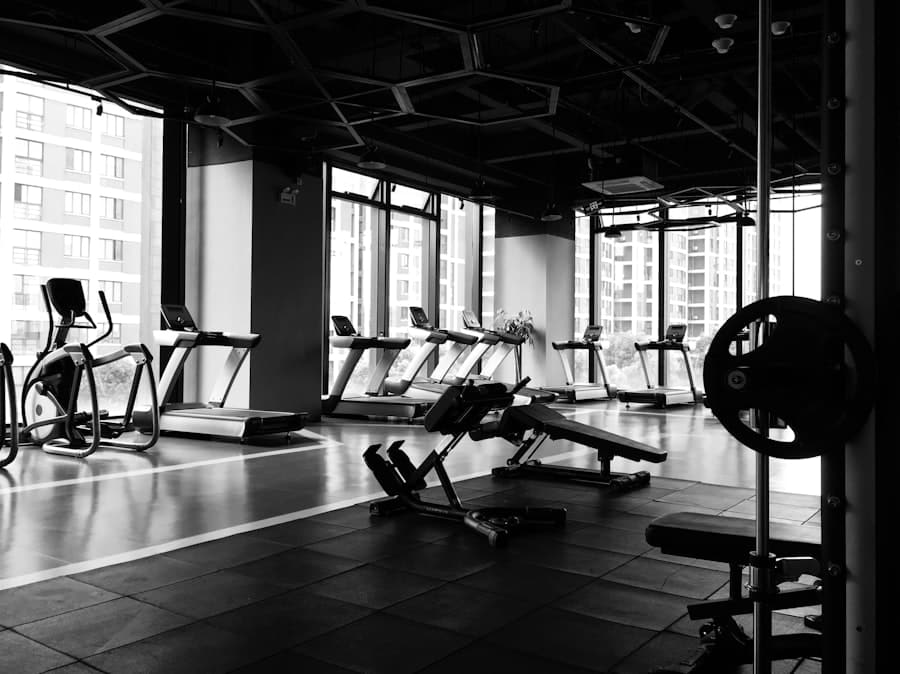
Body composition refers to the proportion of fat mass to lean mass in your body. Understanding your body composition is essential for assessing overall health and fitness levels. A healthy body composition typically includes a lower percentage of body fat and a higher percentage of lean muscle mass.
Achieving an optimal body composition can lead to improved physical performance, increased metabolism, and enhanced self-esteem. To improve your body composition, focus on a combination of regular exercise and a balanced diet. Engaging in both cardiovascular and strength training exercises will help you build lean muscle while burning fat.
Additionally, paying attention to your nutrition is crucial; aim for a diet rich in whole foods, including fruits, vegetables, lean proteins, and healthy fats. Monitoring your progress through regular assessments can help keep you motivated and accountable as you work toward achieving a healthier body composition.
Balance
Balance is an often-overlooked aspect of physical fitness that plays a significant role in overall stability and coordination. Good balance is essential for performing everyday activities safely and effectively; it helps prevent falls and injuries as you age. Whether you’re participating in sports or simply walking down the street, maintaining balance is crucial for optimal performance and safety.
To improve your balance, consider incorporating exercises that challenge your stability into your routine. Activities such as yoga, tai chi, or balance-focused workouts can enhance your proprioception—the awareness of your body’s position in space. Additionally, simple exercises like standing on one leg or using a balance board can help strengthen the muscles responsible for maintaining stability.
As you work on improving your balance, you’ll likely notice increased confidence in your movements and an overall enhancement in your physical performance.
Coordination
Coordination is the ability to use different parts of your body together smoothly and efficiently. It is an essential component of physical fitness that affects everything from athletic performance to daily tasks like typing or playing an instrument. Good coordination allows you to perform complex movements with precision and control, making it vital for success in various sports and activities.
To enhance your coordination, consider incorporating exercises that require hand-eye or foot-eye coordination into your routine. Activities such as dancing, martial arts, or playing sports like basketball or soccer can significantly improve your coordination skills while also providing a fun workout experience. Additionally, practicing drills that involve catching or throwing objects can help refine your motor skills and enhance overall coordination.
As you develop this skill, you’ll likely find that it positively impacts other areas of your fitness journey. In conclusion, understanding the various components of physical fitness—cardiovascular endurance, muscular strength, muscular endurance, flexibility, body composition, balance, and coordination—can empower you to create a well-rounded exercise regimen tailored to your individual needs and goals. By focusing on these elements and incorporating them into your routine consistently, you will not only improve your physical health but also enhance your overall quality of life.
Embrace the journey toward better fitness; every step you take brings you closer to achieving a healthier and more fulfilling lifestyle.
If you are interested in learning more about muscle gain and bodybuilding, check out this article that provides tips and strategies for building muscle and achieving your bodybuilding goals. Understanding the 15 components of physical fitness is crucial for anyone looking to improve their overall health and fitness levels. Group fitness challenges and team-building activities can also be a fun and effective way to work on these components with others, as discussed in this article.
FAQs
What are the 15 components of physical fitness?
The 15 components of physical fitness are: cardiovascular endurance, muscular endurance, muscular strength, flexibility, power, speed, agility, coordination, balance, accuracy, reaction time, body composition, stamina, mobility, and stability.
Why is physical fitness important?
Physical fitness is important for overall health and well-being. It can help reduce the risk of chronic diseases, improve mental health, increase energy levels, and enhance quality of life.
How can I improve my physical fitness?
You can improve your physical fitness by engaging in regular exercise that includes a combination of cardiovascular, strength, flexibility, and balance training. It’s also important to maintain a healthy diet and get enough rest.
What is cardiovascular endurance?
Cardiovascular endurance refers to the ability of the heart, lungs, and blood vessels to deliver oxygen to the body’s tissues during prolonged physical activity. It is also known as aerobic fitness.
What is muscular endurance?
Muscular endurance is the ability of a muscle or group of muscles to sustain repeated contractions against a resistance for an extended period of time.
What is muscular strength?
Muscular strength is the amount of force a muscle or group of muscles can exert against a resistance in one maximal effort.
What is flexibility?
Flexibility is the ability of a joint or series of joints to move through a full, pain-free range of motion.
What is power in physical fitness?
Power is the ability to exert maximum muscular contraction in explosive bursts of movements. It combines strength and speed.
What is speed in physical fitness?
Speed is the ability to move quickly from one point to another in a straight line.
What is agility in physical fitness?
Agility is the ability to change the position of the body quickly and accurately while moving.
What is coordination in physical fitness?
Coordination is the ability to integrate the senses with the body parts to perform tasks smoothly and accurately.
What is balance in physical fitness?
Balance is the ability to maintain a controlled body position during movement, whether stationary or while moving.
What is accuracy in physical fitness?
Accuracy is the ability to control movement in a given direction or at a given intensity.
What is reaction time in physical fitness?
Reaction time is the ability to respond quickly to a stimulus.
What is body composition in physical fitness?
Body composition refers to the proportion of fat and fat-free mass in the body.
How can I assess my physical fitness level?
You can assess your physical fitness level by performing various fitness tests that measure different components of fitness, such as the beep test for cardiovascular endurance, push-up test for muscular strength, sit-and-reach test for flexibility, and so on.
